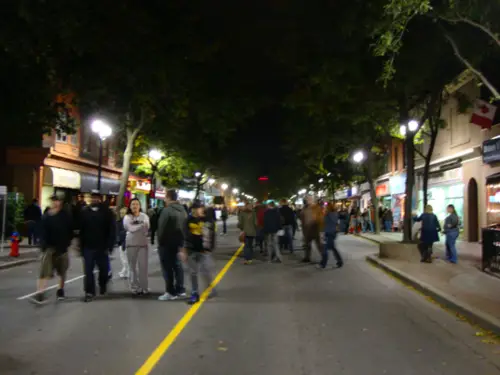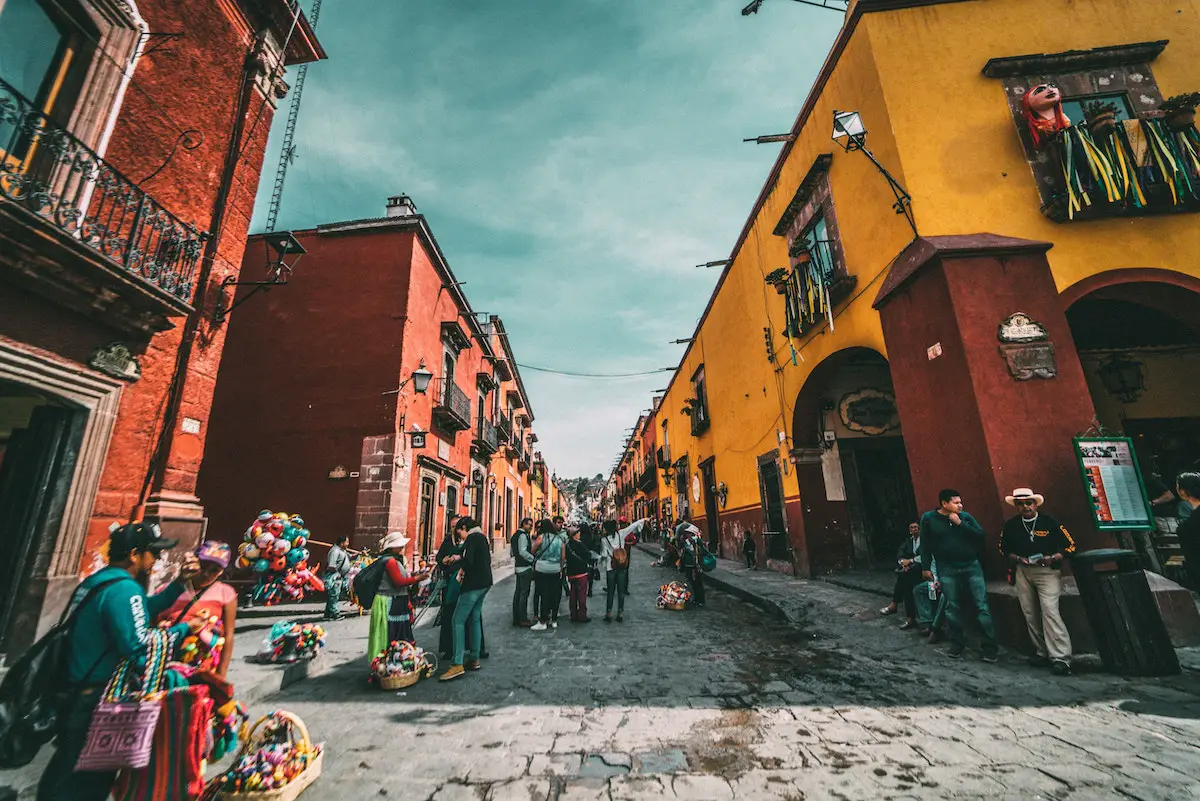Over millennia floods, earthquakes and fire have brought hell and high water to cities, leaving a path of death and destruction in their wake. Until now, no civilization has been spared from the worst-case scenarios that extreme meteorological and geological events have the capacity to create. However, the legacy of fear that surrounds many of our planet’s essential operating mechanisms, such as tectonic plate movements, need not continue and today’s disasters could be turned into tomorrow’s opportunities.
The Bionic City takes sustainability within the urban built environment to its ultimate potential. While integrating solutions to meet the challenges presented by the fact that man has met eight of the nine biosphere limits, as defined by the Stockholm Resilience Centre, The Bionic City extends its remit to incorporate resilience to some of the most extreme scenarios that climate change will create.
The cities of the past and present were built on the assumption that we live in a steady state world, which of course we don’t. We instead live on the surface of a series of ever-moving plates, upon a ball of molten rock spinning through space at approximately 1038 miles per hour. Several thousand years of relatively low seismic activity, against the backdrop of a generally stable and temperate climate in most parts of the world, have led man to forget the nature of our planet.
In evolutionary terms Homo sapiens are the new kids on the block otherwise known as Earth. While we may have become the most invasive species, we have certainly not become the most resilient. The only remaining bipedal primates of Homo genus our species has nearly been become extinct several times. One example of a previous near human-extinction event is the volcanic winter caused by the Toba super-eruption of 74,000 years ago, which recent archeological evidence suggests reduced our numbers to as few as 1,000 breeding pairs. Far from being assured, our species survival to date has been somewhat hit and miss.
While researching resilience within natural ecosystems to extreme meteorological and geological events, I came to realize that there are several distinct universal principles that enable these systems to sustain their core infrastructures over expansive periods of time. These principles are completely at odds with the built environment design paradigm by which we currently build our cities. In contract to man, nature builds complex flexible inter-connected intelligent infrastructures with both the ability to anticipate and prepare for significant environmental changes. Wherein such changes occur with relative frequency (i.e. annually), nature builds the changes into its lifecycle, for example ecosystems located within deltas and wetlands are designed to accommodate annual flooding events.
Man has become the master of off the peg built environment design solutions. However, our one-size-fits-all approach is our downfall, because as nature realizes, one size really doesn’t fit all. Nature is a master tailor, creating made-to-measure bespoke solutions within each and every ecosystem, which is the primary reason our planet is graced with such an abundance of biodiversity. While nature works to common principles and we see similarities between ecosystems, upon close inspection we find no two ecosystems are exactly alike; each has its own unique collection of species, each of which is subtly tweaked in size or colour or behavior to suits its specific environment. Adaptations in species are not only seen over great geographic expanses and instead can often be seen occurring in relatively close proximity.
The Bionic City embraces nature’s approach to building complex infrastructures. Whereas the conventional city is a mass of static, disconnected and inert structures operating independently and irrespective of one another and of their environment, The Bionic City operates as morphogenetic, connected and intelligent ecosystem within which every entity is engaged in an ongoing symbiotic relationship with all others, from the molecular to the metropolis in scale. Natural ecosystems located in territories that experience significant seasonal change adapt throughout the year. For example, forests located in regions that experience strong winds in winter primarily comprise deciduous trees, which thanks to their reduced surface area in the colder months are less likely to be blown over by a seasonal gale. Where appropriate, The Bionic City model embeds seasonality, wherein its various parts change form, colour, texture and functionality throughout the year, as befits the seasons.
Whereas the cities of the past and the present try to prevent floods, The Bionic City, as would nature, builds them into its operating model, not only creating resilience, but also seeking to harvest potential opportunities that can be reaped from the event. Peat bogs have a tremendous capacity to accommodate floods, thanks to plants such as Sphagnum moss, which is able to absorb up to 20 times its dry weight in water. Water absorbing materials spanning both building and road surfaces is just one example of how The Bionic City copes with the more extreme weather conditions that climate change is creating. Beyond preventing the problems traditionally associated with flooding, The Bionic City features means of utilizing excessive quantities of water, including hydropower and water harvesting technologies.
The Bionic City is a hybrid that fuses ecosystem services with man-made biomimetic technologies designed to work hand-in-glove. The city is inclusive, not exclusive of its surroundings and not only at its perimeter, but far beyond, so that it accommodates environmental impacts stemming from remote causes. The relationship the city has with its surroundings is key to its ability to predict and prepare for environmental changes. An increasingly body of evidence strongly indicates that animals have the ability to sense earthquakes long before humans. While researchers have not yet arrived at a unanimous decision as to how animals detect pending disasters, theories include animals sensing the Earth’s vibrations and being able to detect changes in the air, such as gases being released. One of the most famous recent examples of animals sensing an earthquake several hours before humans was the Indian Ocean tsunami event of 26th December 2004. Despite the fact that the Yala National Park in Sri Lanka was home to several hundred wild animals including elephants, leopards and monkeys, no mass animal deaths were caused by the tsunami. Eyewitnesses reported flamingos abandoning their low-lying breeding areas, zoo animals rushing into their shelters and refusing to come out and elephants screaming and running for higher ground. 150,000 people were killed by the Boxing Day disaster, including 60 visitors at the Yala National Park, yet virtually no wild animals deaths were reported.
Nature’s architects build ecosystems with acute sensitivity to their surroundings. Without fail they build potential disaster scenarios into their plans, taking a pro-active, as opposed to a reactive approach and carefully tailoring the scale of their efforts to the probability of the event to hand. Nature doesn’t work in silos, it thinks big, indeed so big that there is even a species of bacteria that thrives on the effects of an asteroid impact, including impacts with the destruction capacity of several atomic bombs. When disaster does strike, nature is prepared and unleashes highly efficient recovery protocols, such as savannahs in fire-prone regions that initiate a re-growth strategy the moment an inferno has passed. Nature is resourceful and opportunistic in the extreme – it simply doesn’t miss a trick. When there’s a potential resource to hand it finds a use for it and it’s this canny, savvy approach to design that has enabled life on Earth to develop from somewhat humble origins into the awe-inspiringly diverse, ultra sophisticated, über efficient and breathtakingly beautiful biodiversity we see about us. The Bionic City is a nod to Nature’s R&D Lab, which at four billion years old is a great deal more advanced than our own.
Melissa Sterry is founder of NEW FRONTIERS, a built environment initiative creating interdisciplinary collaboration, knowledge sharing, capacity building and public discourse.
Photo: Iriya


